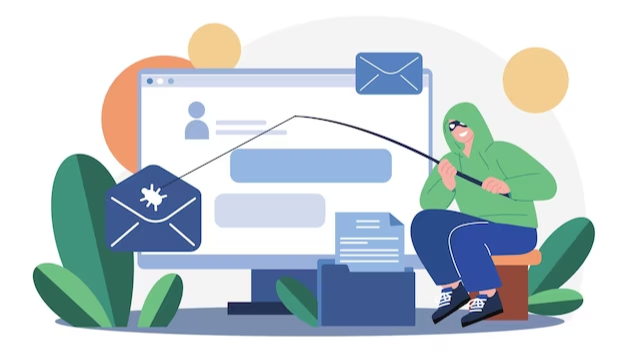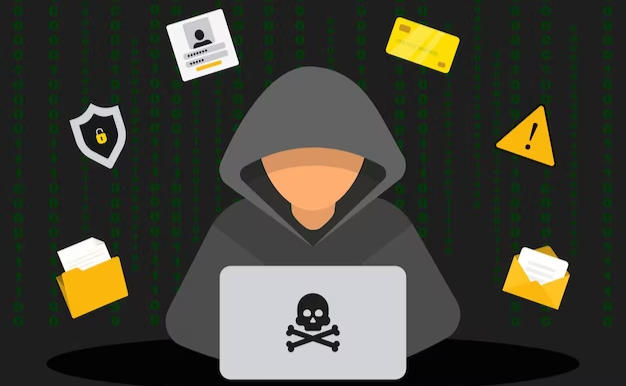Phishing Email Prevention:
How To Secure Your Email System And Protect Your Data
Phishing emails are one of the most common methods used by cybercriminals to trick users into giving up their sensitive information or infect their systems with malware. These emails often appear to be from legitimate sources and prompt users to click on a link, download an attachment, or enter their login credentials. Falling prey to a phishing email can have disastrous consequences, leading to data breaches, financial losses, and identity theft.
To safeguard your email system and protect your data from phishing attacks, it's crucial to take proactive measures to secure your email system. This article will outline some essential steps you can take to prevent phishing emails and keep your email system secure.
From enabling two-factor authentication and using encryption to being cautious with links and attachments and keeping your software updated, we'll cover everything you need to know to stay safe and secure online.
What Is Phishing Email?

Phishing email is a type of cyberattack that uses email to trick users into divulging sensitive information or performing actions that can compromise the security of their computer system. Phishing emails are designed to look like legitimate messages from trustworthy sources, such as banks, social media platforms, or e-commerce sites, and often contain a call-to-action that prompts users to click on a link, download an attachment, or enter their login credentials.
Why is Phishing Email Dangerous?
Phishing email can be dangerous because it can lead to the theft of sensitive information, such as passwords, credit card numbers, and personal data. It can also infect your computer system with malware, which can compromise the security of your network and give attackers access to your data. Additionally, phishing email can be used to launch other types of cyber attacks, such as ransomware, which can lock you out of your computer system until you pay a ransom.
How to Secure Your Email System?
Securing your email system is essential to protect your sensitive information from cyber threats. Here are some steps you can take to secure your email system:
- Use Strong Passwords: Create strong and unique passwords for your email account and change them regularly. Avoid using common phrases or easily guessable information such as your name, birthdate, or address.
- Enable Two-Factor Authentication (2FA): 2FA adds an extra layer of security by requiring a code or verification from another device in addition to your password.
- Use Encryption: Encrypting your emails ensures that only the intended recipient can read your messages. Use end-to-end encryption tools such as PGP or S/MIME to secure your emails.
- Be Careful with Links and Attachments: Avoid clicking on suspicious links or downloading attachments from unknown sources. Cybercriminals often use phishing emails to lure victims into opening malware-laden attachments or clicking on malicious links.
- Use Antivirus Software: Install reliable antivirus software that can protect your system from malware and viruses. Ensure that it is updated regularly to stay protected from the latest threats.
- Keep Your Software Updated: Make sure that your email client, web browser, and other software are up-to-date with the latest security patches and updates. Cybercriminals often exploit vulnerabilities in outdated software to compromise email systems.
- Educate Yourself: Stay informed about the latest email security threats, and educate yourself on how to identify phishing emails and other malicious emails. Be wary of emails asking for personal or financial information, and always verify the sender's email address and domain.

In the end, phishing emails are a serious threat to organizations of all sizes. It is essential to take proactive steps to secure your email system and protect your data. This includes educating employees about the risks of phishing, implementing security software and protocols, and establishing a clear incident response plan. By taking these steps, you can significantly reduce the likelihood of falling victim to a phishing attack and safeguard your organization's sensitive information. Remember, prevention is key, and investing the time and effort into securing your email system is worth it in the long run.